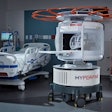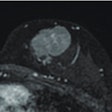Monday, November 26 | 3:00 p.m.-3:10 p.m. | SSE01-01 | Arie Crown Theater
Preoperative breast MRI can reduce re-excision rates among cancer patients with no significant difference in mastectomy rates or cancer detection, according to a study by researchers from Emory University.The study evaluated 163 breast cancer patients from the Emory Winship Cancer Institute from 2000 to 2005 to serve as a control group prior to MRI's use for breast cancer detection. They were compared with a second patient group from 2006 to 2009 who had received preoperative breast MRI exams.
Race and age demographics of the women in both the control and study populations did not differ significantly.
The difference in mastectomy rates for the pre- and post-MRI populations was not statistically significant, according to the researchers. The difference was significant for re-excision rates, however: Women in the pre-MRI era were 4.33 times more likely to undergo re-excision than patients in the post-MRI era.
"Breast MRI provides additional areas of suspicious enhancement of masses, which may be obscured on mammography due to dense breast tissue," said lead study author and breast imaging fellow Dr. Bhavika Patel. "Additionally, any suspicious axillary or internal mammary chain lymphadenopathy can be detected using MRI. It is also possible to detect chest wall involvement in patients with known malignancy."
The clinical benefit, she added, is that patients with known malignancy may benefit from preoperative MRI by decreasing re-excision rates without inadvertently increasing mastectomy rates.
Patel and colleagues plan to continue their research by looking further into specific cancer histology, such as invasive ductal cancer, invasive lobular carcinoma, and ductal carcinoma in situ, to see if there are differences in management or surgical outcome based on the specific cell type.

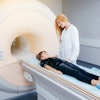
.fFmgij6Hin.png?auto=compress%2Cformat&fit=crop&h=100&q=70&w=100)


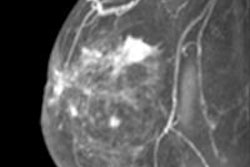

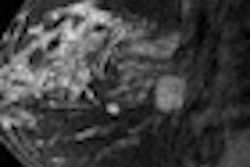
.fFmgij6Hin.png?auto=compress%2Cformat&fit=crop&h=167&q=70&w=250)




